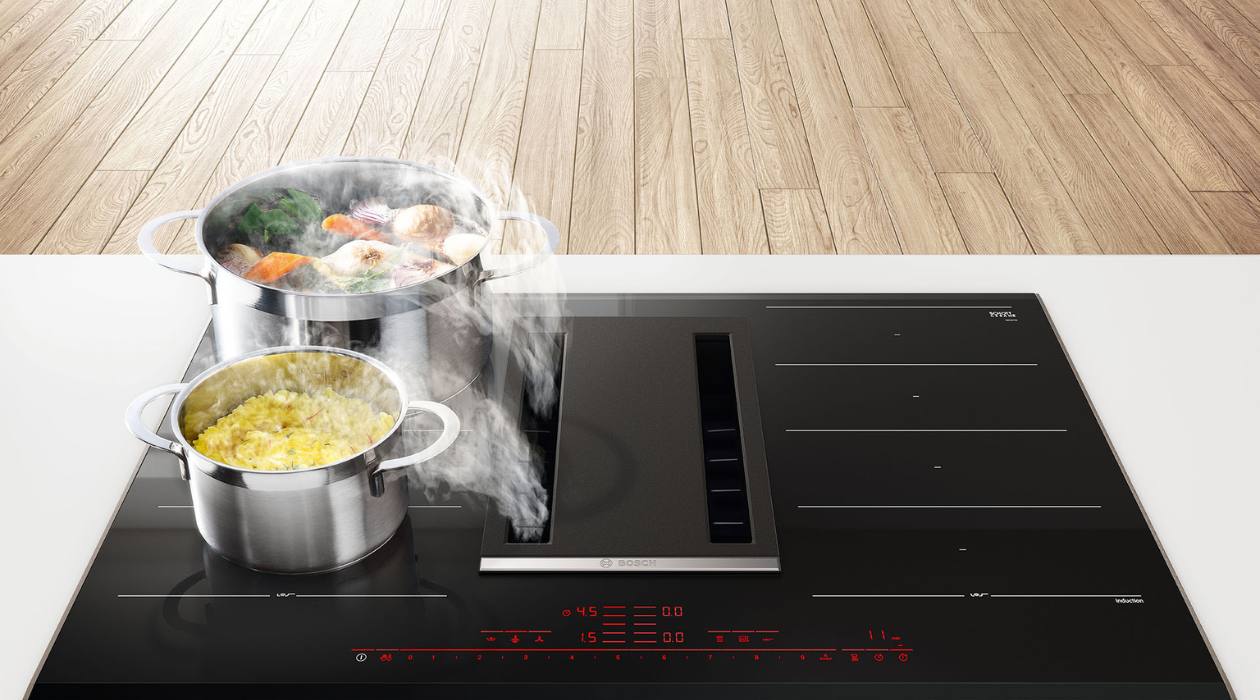

Articles
How To Use Bosch Induction Stove Top
Modified: January 7, 2024
Learn how to use Bosch induction stove top with these informative articles. Master the art of cooking on this innovative and efficient appliance.
(Many of the links in this article redirect to a specific reviewed product. Your purchase of these products through affiliate links helps to generate commission for Storables.com, at no extra cost. Learn more)
Introduction
Welcome to the world of modern kitchen appliances, where convenience meets efficiency. If you’re looking to upgrade your cooking experience, a Bosch induction stove top might be just what you need. With their sleek design and innovative technology, these stove tops offer a range of benefits that can elevate your culinary skills and make your time in the kitchen more enjoyable.
Induction cooking has gained popularity in recent years for its superior performance and energy efficiency. Unlike traditional gas or electric stoves, which rely on direct heat transfer through a flame or heating element, induction cooktops use electromagnetism to heat your cookware directly. The result is faster heat-up times, precise temperature control, and a safer cooking environment.
In this article, we will explore the advantages of Bosch induction stove tops, discuss important safety precautions, and guide you through the process of using and maintaining your stove top. So let’s dive in and discover how to make the most of this cutting-edge appliance!
Key Takeaways:
- Elevate your cooking experience with Bosch induction stove tops, offering rapid heating, precise temperature control, and a sleek design for modern kitchens. Enjoy the benefits of energy efficiency and safety features, making cooking a joy.
- Harness the power of Bosch induction stove tops by understanding induction cooking, setting up the stove correctly, and utilizing special functions. Practice safety precautions and proper maintenance to ensure longevity and optimal performance.
Read more: How To Use The Bosch Induction Cooktop
Advantages of Bosch Induction Stove Tops
Bosch induction stove tops offer a multitude of advantages that set them apart from traditional cooking methods. Let’s take a closer look at some of the key benefits:
- Rapid heating: With induction technology, the heat is generated directly in the cookware, allowing for quick and efficient heating. This means you can start cooking faster and have precise control over temperature adjustments.
- Energy efficiency: Induction cooktops are highly energy efficient compared to gas or electric stoves. The heat is produced only when the cookware is placed on the burner, reducing wasted energy and saving you money on your energy bills.
- Precise temperature control: One of the standout features of Bosch induction stove tops is their ability to maintain precise temperature control. You can easily adjust the heat levels with precision increments, giving you the perfect cooking results every time.
- Safe to use: Induction cooktops are considerably safer to use compared to traditional stoves. Since the heat is generated in the cookware itself, the surface of the stove top remains cool to the touch. This eliminates the risk of accidental burns and makes it a safer option for households with children.
- Easy to clean: Cleaning up after cooking is a breeze with a Bosch induction stove top. The smooth, glass-ceramic surface is easy to wipe clean, and there are no burner grates or gas burners to scrub. Simply wipe away any spills or splatters with a damp cloth, and your stove top will look as good as new.
- Sleek and modern design: Bosch induction stove tops are known for their sleek and modern design, adding a touch of elegance to any kitchen. The flat surface and minimalistic controls create a seamless integration into your kitchen décor.
With these advantages in mind, it’s easy to see why Bosch induction stove tops are becoming increasingly popular among home cooks and professional chefs alike. They provide a superior cooking experience and offer a range of features that make your time in the kitchen more efficient and enjoyable.
Safety Precautions
While Bosch induction stove tops are designed with safety in mind, it’s important to follow certain precautions to ensure a safe cooking experience. Here are some key safety guidelines to keep in mind:
- Use compatible cookware: Induction cooktops require the use of magnetic cookware that can conduct heat through electromagnetic fields. To check if your cookware is compatible, hold a magnet against the bottom of the pot or pan. If it attracts, it can be used on an induction stove top.
- Avoid overheating: Be cautious not to overheat your cookware. Induction cooktops can heat up quickly, so adjust the temperature settings accordingly. Overheating can damage the cookware and affect the performance of the stove top.
- Keep the surface clean and dry: Before using the induction stove top, ensure that the surface is clean and dry. Any spills or moisture on the surface can cause electric shock or damage to the appliance. Use a clean, damp cloth to wipe away any debris or spills before cooking.
- Don’t touch the cooktop immediately after cooking: After cooking, the surface of the induction stove top may still be hot. Avoid touching it directly to prevent burns. Wait for the surface to cool down before cleaning or touching it.
- Unplug when not in use: When you’re finished using the induction stove top, unplug it from the power source. This will prevent any accidental activation of the cooktop and reduce the risk of electrical hazards.
- Keep flammable materials away: Avoid placing any flammable materials, such as paper towels or plastic, near the induction stove top while it is in use. Induction cooktops generate heat and can pose a fire hazard if flammable materials come into contact with them.
- Supervise children and pets: Keep a close eye on children and pets while cooking on an induction stove top. The surface may look cool, but the cookware can get extremely hot. Ensure that children and pets maintain a safe distance to avoid any accidents or injuries.
By following these safety precautions, you can enjoy the benefits of your Bosch induction stove top while minimizing the risk of accidents or damage. Always refer to the manufacturer’s manual for specific safety instructions and guidelines.
Understanding Induction Cooking
Before diving into the practical use of your Bosch induction stove top, it’s essential to understand how induction cooking works. Unlike traditional gas or electric stoves that rely on direct heat transfer, induction cooking uses electromagnetic induction to heat your cookware directly. Let’s explore the key concepts of induction cooking:
Magnetic Fields: Induction cooktops generate a magnetic field when powered on. This field induces an electrical current in the base of compatible cookware, converting it directly into heat. The heat is then transferred to the food within the cookware, ensuring precise and efficient cooking.
Heat Generation: The heat is generated only within the cookware itself, allowing for quick and consistent temperature control. The cooktop surface remains cool to the touch, reducing the risk of accidental burns and making it a safer cooking option.
Cookware Compatibility: Induction cooking requires the use of cookware with a magnetic bottom. Materials such as cast-iron, stainless steel, or pots and pans with an induction-compatible base work best. Ensure that your cookware is flat and free from any curvature, as it needs to make direct contact with the surface of the cooktop for effective heat transfer.
Temperature Control: Bosch induction stove tops offer precise temperature control with a range of heat settings. You can easily adjust the heat levels using the control panel or touch sliders to achieve the desired cooking temperature for different recipes.
Instant Heat and Responsiveness: Induction cooking provides almost instant heat as the electromagnetic energy is transferred directly to the cookware. When you adjust the temperature, the response is immediate, giving you greater control over your cooking process.
Induction Zones: Bosch induction stove tops are typically divided into zones or cooking areas, each with its own set of controls. The zones can vary in size and power, allowing you to optimize energy usage based on the size of your cookware.
With a solid understanding of the principles behind induction cooking, you can now move on to the practical aspects of setting up and using your Bosch induction stove top. This knowledge will empower you to make the most of this advanced cooking technology and explore a wide range of delicious recipes with confidence.
Setting up a Bosch Induction Stove Top
Setting up your Bosch induction stove top is a relatively straightforward process. Follow these steps to ensure a smooth installation:
- Location: Choose a suitable location for your induction stove top. Ensure there is adequate ventilation and enough space around the stove top for proper airflow. Keep in mind that the surface of the stove top remains cool during cooking, but the area below may generate heat.
- Electrical Requirements: Check the electrical requirements for your Bosch induction stove top. It is essential to have the appropriate power supply and wiring to support the appliance. If in doubt, consult a professional electrician to ensure safe and proper installation.
- Placement: Place your Bosch induction stove top on a sturdy and level countertop. Make sure the surface is clean and dry before placing the stove top. Align the stove top in the desired position and ensure it fits securely.
- Power Connection: Connect the power cable of the induction stove top to a grounded power outlet. Ensure the outlet is suitable for the power requirements of the stove top and use a grounded extension cord if necessary.
- Verify Functionality: Once the stove top is installed and connected to the power supply, turn on the stove top and verify that all the functions and controls are working correctly. Refer to the user manual for specific instructions on how to operate and navigate through the control panel.
- Calibration: Some Bosch induction stove tops may require calibration to ensure accurate temperature control. Refer to the user manual for instructions on how to calibrate the stove top, if necessary.
It is important to carefully follow the installation instructions provided by Bosch to guarantee the safe and efficient operation of your induction stove top. If you encounter any issues during setup, reach out to the manufacturer or consult a professional for assistance.
When using a Bosch induction stove top, make sure to use cookware with a flat bottom and magnetic properties for best results. Avoid using cookware with a curved or uneven bottom.
Using the Control Panel
The control panel of your Bosch induction stove top is where you can access a variety of functions and settings to enhance your cooking experience. Understanding how to navigate and use the control panel will allow you to take full advantage of the stove top’s features. Here’s a step-by-step guide:
- Power On/Off: Look for the power button or touch slider on the control panel to turn the stove top on or off. Make sure the stove top is properly connected to the power supply before attempting to power it on.
- Zone Selection: Bosch induction stove tops usually have multiple cooking zones. Each zone has its own set of controls, allowing you to independently adjust the heat levels and cooking settings for different pots and pans. Select the desired zone by touching the corresponding control area on the control panel.
- Heat Level Adjustment: To adjust the heat level, look for the heat control buttons or touch sliders on the control panel. Depending on the model, you may have separate controls for each zone or a centralized control for all the zones. Increase or decrease the heat level by pressing the up or down buttons or sliding your finger on the touch slider.
- Special Functions: Explore the special functions available on your Bosch induction stove top. These functions may include features like boost mode for quick heat-up, simmering mode for gentle cooking, or keep warm mode to maintain a desired temperature. Familiarize yourself with these functions and learn how to activate them through the control panel.
- Timer: Many Bosch induction stove tops have a built-in timer function. Use the timer to set a specific cooking time for your recipes. Simply enter the desired cooking time using the control panel and the stove top will automatically shut off once the timer expires. This feature is particularly useful for recipes that require precise timing.
- Lock Function: Some Bosch induction stove tops offer a lock function to prevent accidental changes during cooking. This feature helps to maintain consistent heat levels and avoid unintentional adjustments. Refer to the user manual to learn how to activate and deactivate the lock function on your specific stove top model.
By familiarizing yourself with the control panel and its functionalities, you can customize your cooking experience and achieve optimal results with your Bosch induction stove top. Refer to the user manual for detailed instructions specific to your model, as the layout and features may vary.
Adjusting Heat Levels
Adjusting the heat levels on your Bosch induction stove top is crucial for achieving the desired cooking results. Precise temperature control allows you to cook a variety of dishes with precision and finesse. Here’s how you can adjust the heat levels on your stove top:
- Selecting the Zone: Start by selecting the cooking zone on the stove top where you want to adjust the heat level. This can be done by pressing the corresponding zone control or touching the designated area on the control panel.
- Heat Adjustments: Once you have selected the zone, you can now adjust the heat level. Depending on your Bosch induction stove top model, you may have options to increase or decrease the heat using buttons or by sliding your finger on a touch slider.
- Precision Controls: Bosch induction stove tops often offer precise temperature controls, allowing you to set the heat level with precision increments. This gives you greater control over your cooking and ensures consistent results. Refer to the user manual to understand how these precision controls work on your specific stove top model.
- Multiple Zones: If your stove top has multiple zones, you can independently adjust the heat levels for each zone. This allows you to cook different dishes simultaneously or adjust the heat based on the size of the cookware being used.
- Pay Attention to Indicators: Many Bosch induction stove tops have heat indicators that provide visual feedback on the selected heat level. These indicators can be in the form of LED lights or a digital display. Pay attention to these indicators as you adjust the heat levels to ensure accuracy.
- Experiment and Learn: Every recipe and cooking technique may require different heat levels. Experiment with different heat settings to find the optimal temperature for your specific needs. Over time, you will develop a sense of which heat levels work best for different cooking tasks.
Remember, precise heat control is one of the key advantages of Bosch induction stove tops. Take the time to understand your stove top’s controls and experiment with different heat levels to become a master of temperature control in the kitchen.
Using Special Functions
Bosch induction stove tops often come with special functions that can enhance your cooking experience and make certain tasks easier. These functions are designed to provide added convenience and flexibility in the kitchen. Here are some common special functions you may find on your Bosch induction stove top:
- Boost Mode: Boost mode is a powerful feature that delivers an extra burst of heat to quickly bring a pot or pan to a high temperature. This is particularly useful for boiling water or searing foods. Simply activate the boost mode on the control panel for the desired zone, and the stove top will provide maximum heat output.
- Simmering Mode: Simmering mode is designed for low-temperature cooking, allowing you to gently simmer sauces, stews, and delicate dishes. This function maintains a constant low heat level to prevent dishes from boiling or burning. Activate the simmering mode on the control panel for the selected zone.
- Keep Warm Function: The keep warm function is ideal for keeping food at a consistent temperature without overcooking. This feature is especially useful when you’re preparing multiple dishes or need to keep food warm before serving. Activate the keep warm function for the desired zone, and the stove top will maintain a low heat level.
- Bridge Function: Some Bosch induction stove tops have a bridge function that allows you to combine two adjacent cooking zones into one large cooking area. This function is perfect for using large cookware like griddles or roasting pans. Activate the bridge function on the control panel and adjust the heat level accordingly.
- Timer Function: The timer function is a convenient feature that allows you to set a specific cooking time for your recipes. Simply enter the desired cooking time on the control panel, and the stove top will automatically shut off once the timer expires. This feature helps prevent overcooking and frees up your attention for other tasks.
Each Bosch induction stove top model may have different special functions, so it’s essential to familiarize yourself with the specific features and how to activate them. Refer to the user manual for detailed instructions and guidelines on using these functions effectively.
By utilizing these special functions, you can take your cooking to the next level and explore a wider range of recipes with ease. Experiment with these features to discover new cooking techniques and unlock the full potential of your Bosch induction stove top.
Cleaning and Maintenance
Maintaining a clean and well-maintained Bosch induction stove top is essential to ensure its longevity and optimal performance. Regular cleaning and proper maintenance will not only keep your stove top looking pristine but also prevent any buildup that could affect its functionality. Follow these guidelines to keep your induction stove top in excellent condition:
- Clean Spills Immediately: Wipe up any spills or splatters as soon as they occur. Use a soft cloth or sponge with warm, soapy water to gently clean the affected area. Avoid using abrasive cleaners or harsh chemicals that could damage the surface of the stove top.
- Cookware Scratches: Be mindful of the cookware you use on the induction stove top. Avoid dragging or sliding pots and pans across the surface, as this can cause scratches. Lift and place the cookware onto the stove top to prevent any damage.
- Regular Cleaning: Regularly clean the surface of the stove top to remove any grease, grime, or residue that accumulates during cooking. Use a non-abrasive cleaner or a mixture of vinegar and water to clean the glass-ceramic surface. Wipe it down with a soft cloth to restore its shine.
- Control Panel: Clean the control panel with a soft, damp cloth. Avoid excessive water or cleaning products that could damage the control panel. Dry the panel thoroughly after cleaning to prevent any moisture from seeping into the controls.
- Avoid Excessive Heat: Avoid leaving empty cookware on a hot burner to prevent damage to the cookware or the stove top. Extreme temperature changes can also cause the glass-ceramic surface to crack, so avoid placing frozen items directly on a hot stove top.
- Regular Maintenance: Periodically check the electrical connections and power cord to ensure they are secure and undamaged. If you notice any signs of damage, contact a qualified technician for repairs. Refer to the user manual for any specific maintenance recommendations provided by Bosch.
By following these cleaning and maintenance practices, you can keep your Bosch induction stove top looking pristine and functioning at its best. Remember to refer to the user manual for any specific cleaning instructions or recommendations for your model. With proper care, your induction stove top will continue to enhance your cooking experience for years to come.
Read more: How To Use Summit Induction Cooktop
Conclusion
Bosch induction stove tops offer a range of benefits that elevate your cooking experience and bring convenience to your kitchen. From rapid heating and precise temperature control to energy efficiency and sleek design, these stove tops are designed to meet the needs of modern home cooks.
Understanding how induction cooking works, setting up your Bosch induction stove top correctly, and learning how to use the control panel and adjust heat levels are key steps to harnessing the full potential of this advanced technology. Additionally, taking safety precautions and practicing proper cleaning and maintenance will ensure the longevity and optimal performance of your stove top.
With Bosch induction stove tops, you have the power to cook with precision and creativity. Experiment with the special functions and explore a variety of recipes and cooking techniques with confidence. The versatility and efficiency of induction cooking will undoubtedly enhance your culinary skills and open up new culinary possibilities.
So, whether you’re a seasoned chef or a novice cook, embrace the advantages of Bosch induction stove tops and transform your kitchen into a hub of culinary excellence. Discover the joy of cooking on a stove top that combines innovative technology, safety features, and sleek design to enhance your overall cooking experience.
Frequently Asked Questions about How To Use Bosch Induction Stove Top
Was this page helpful?
At Storables.com, we guarantee accurate and reliable information. Our content, validated by Expert Board Contributors, is crafted following stringent Editorial Policies. We're committed to providing you with well-researched, expert-backed insights for all your informational needs.
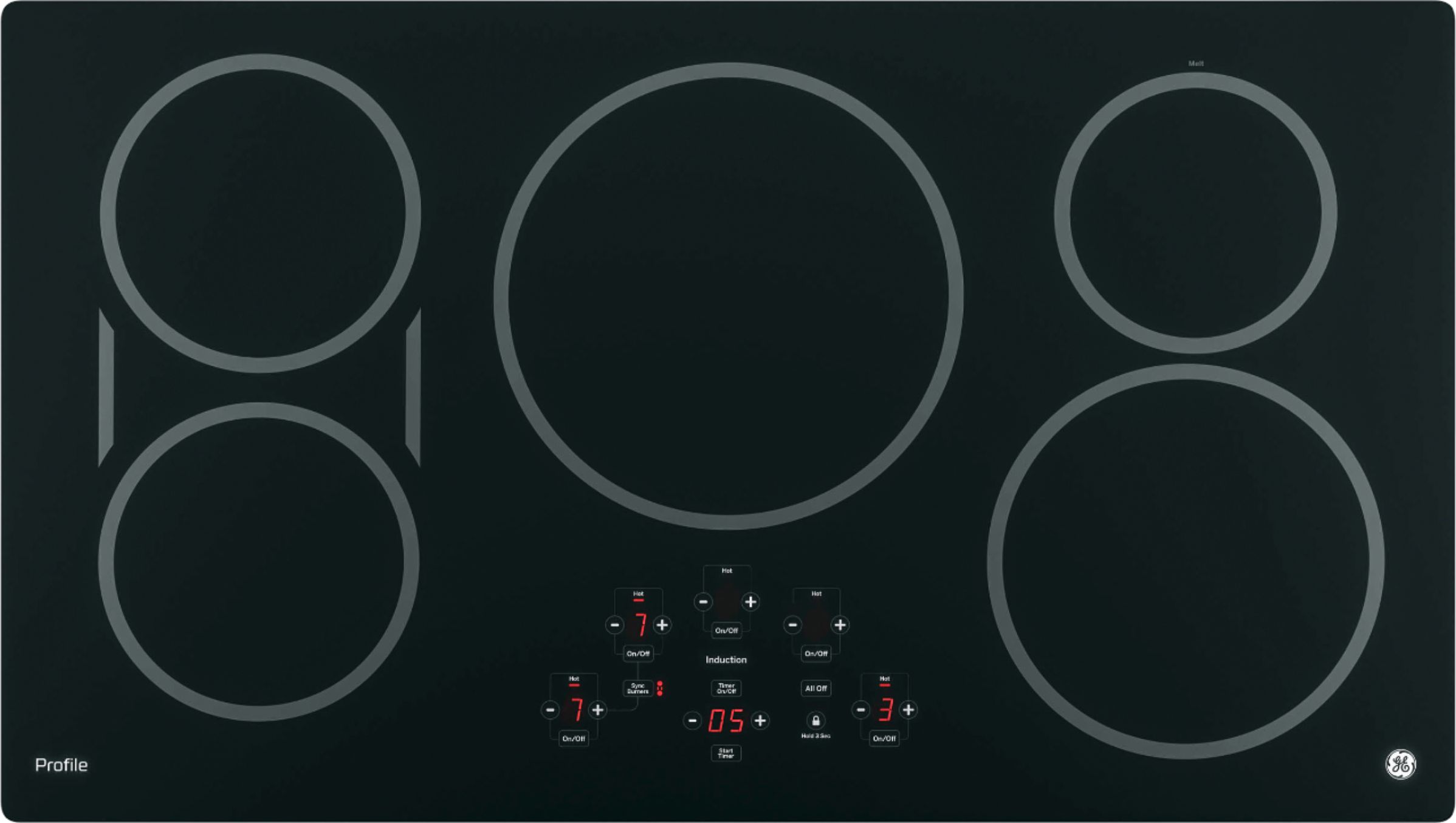
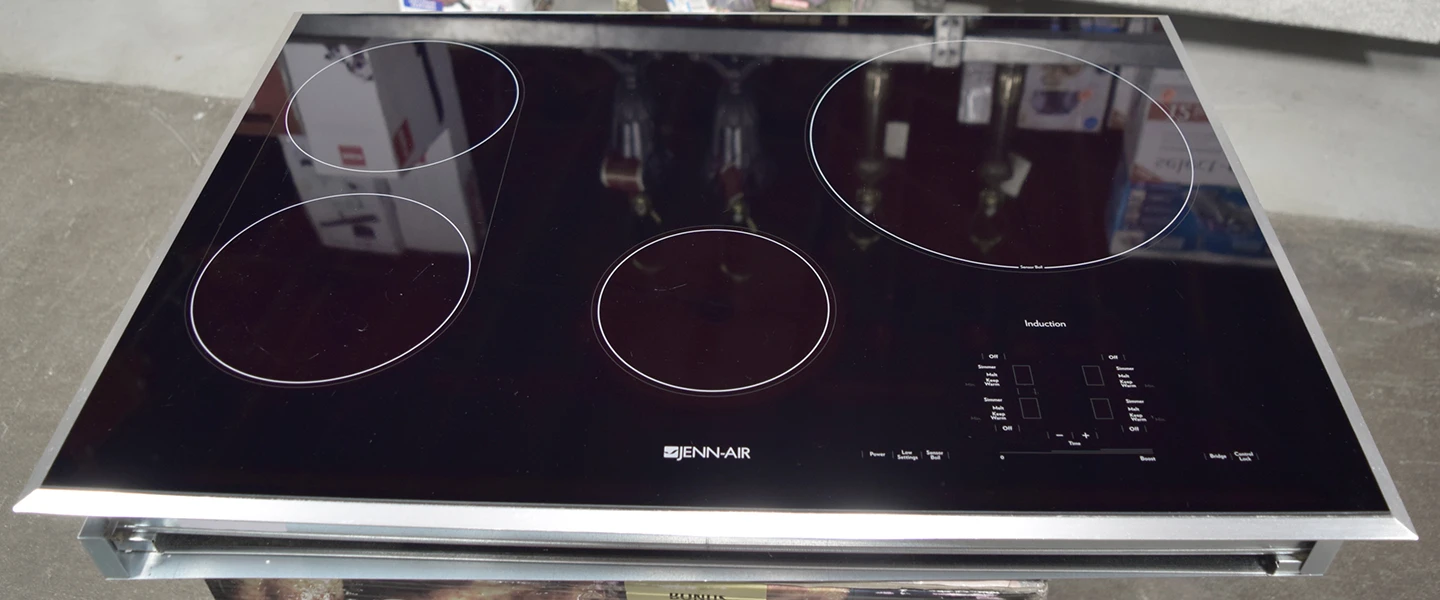
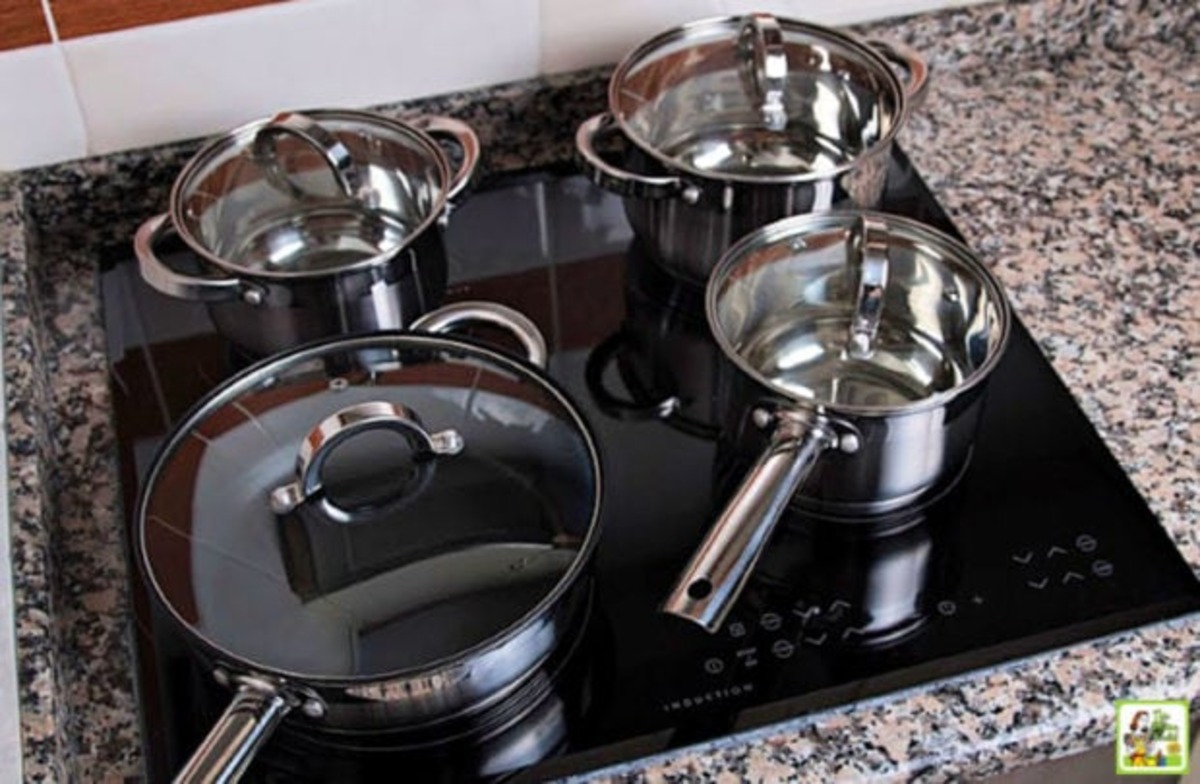
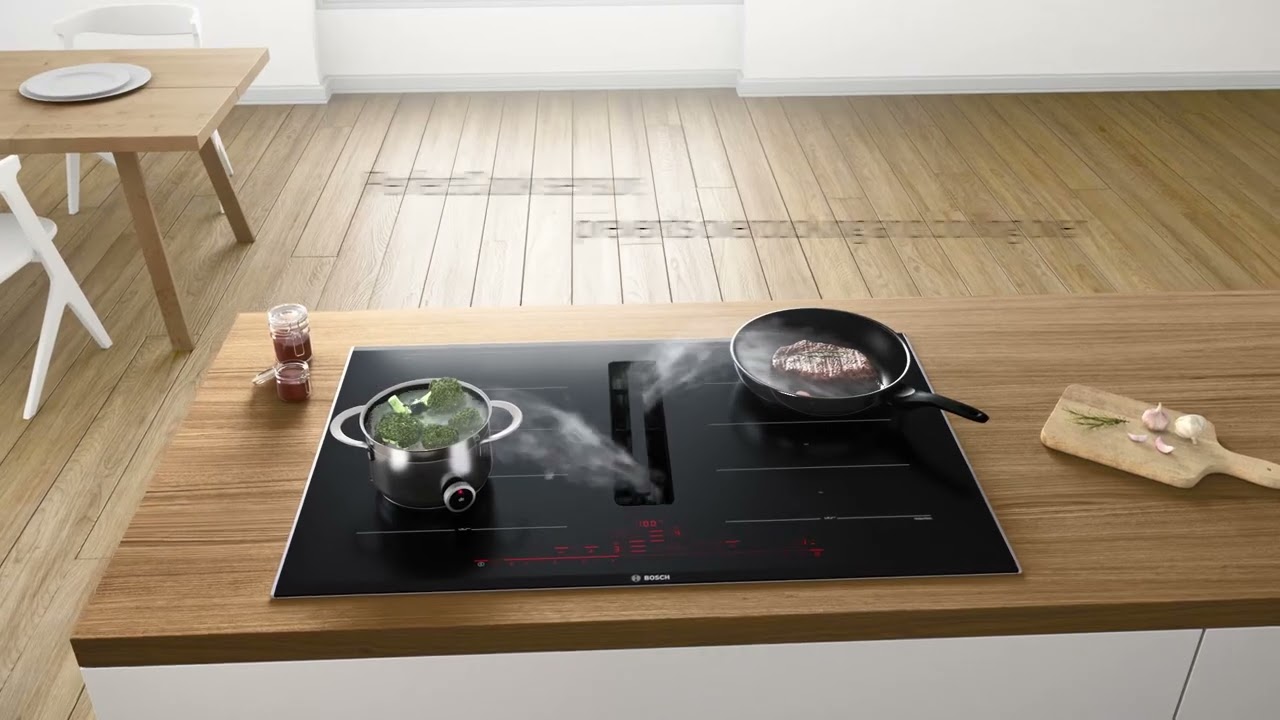
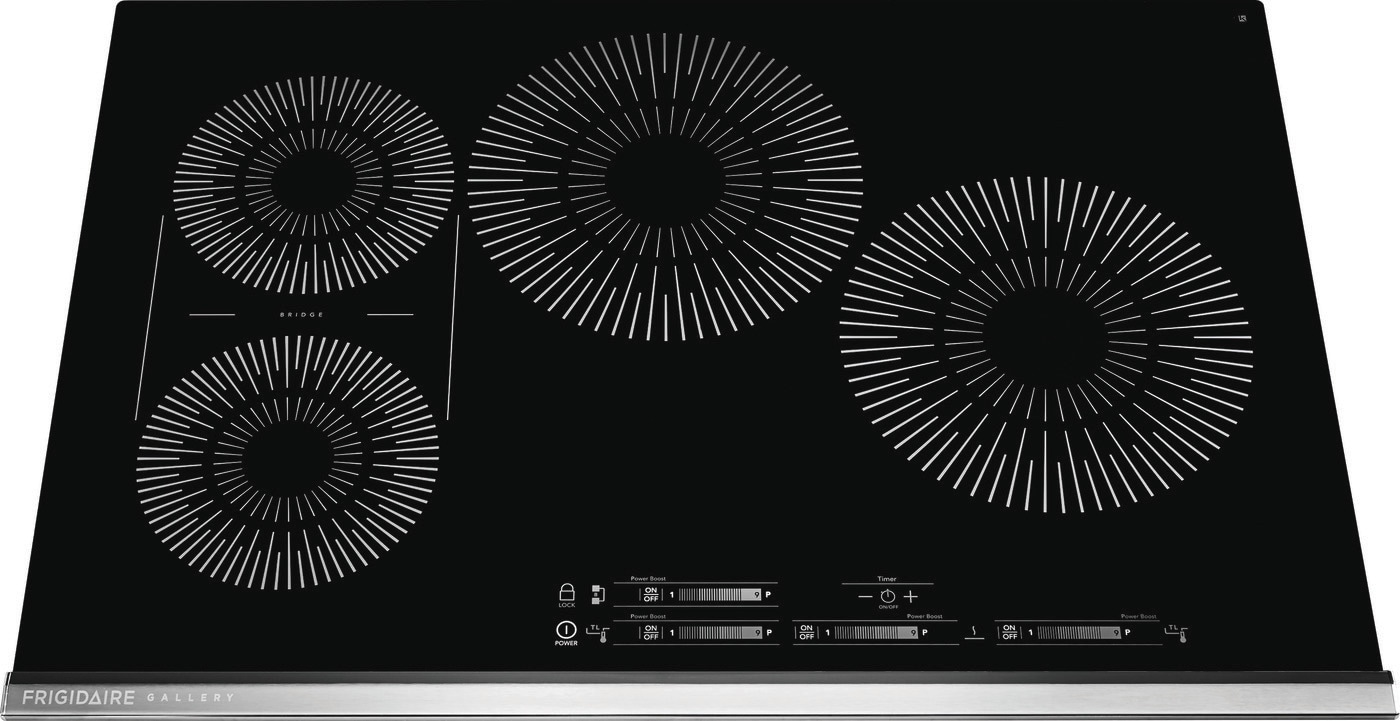
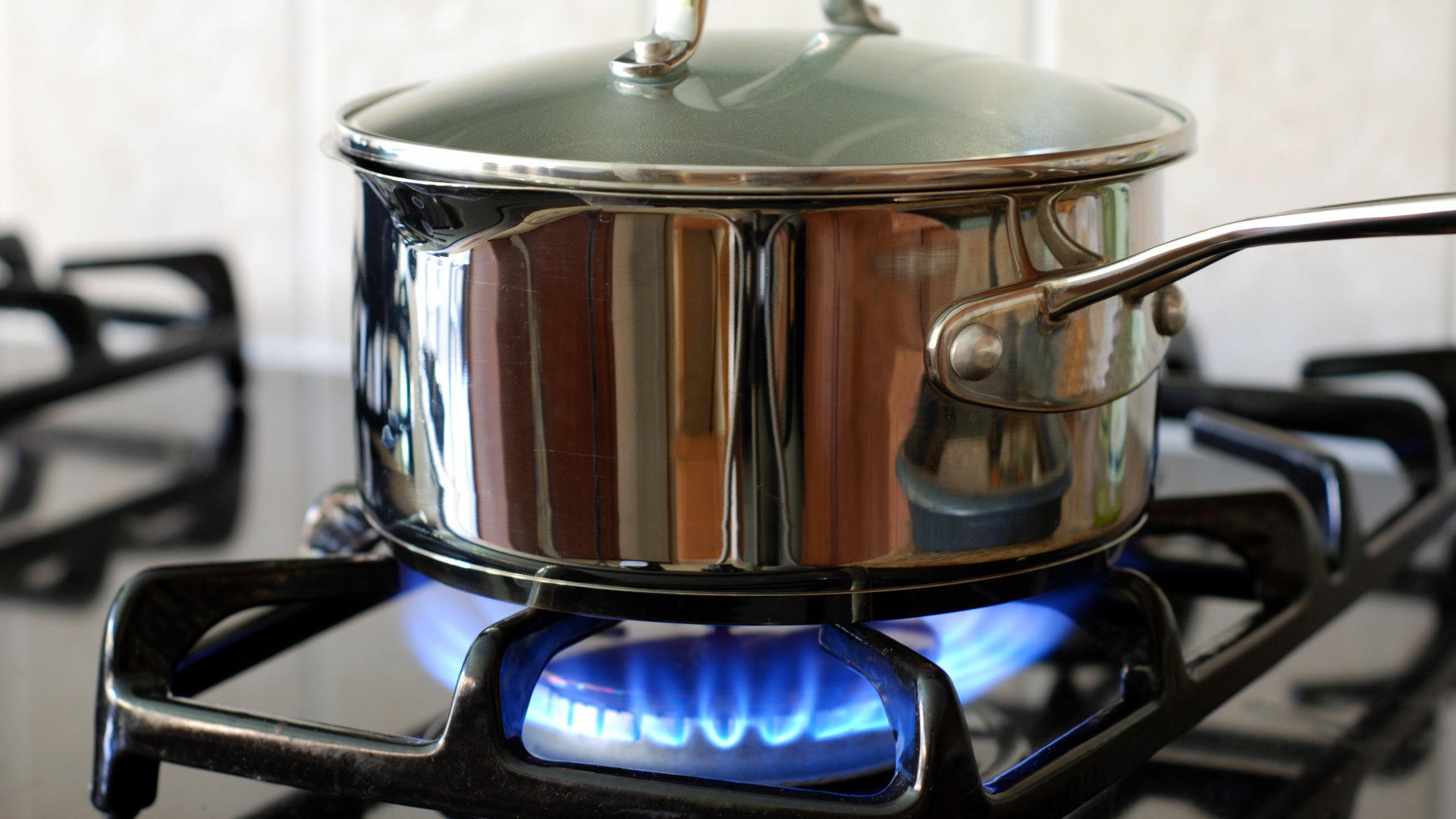
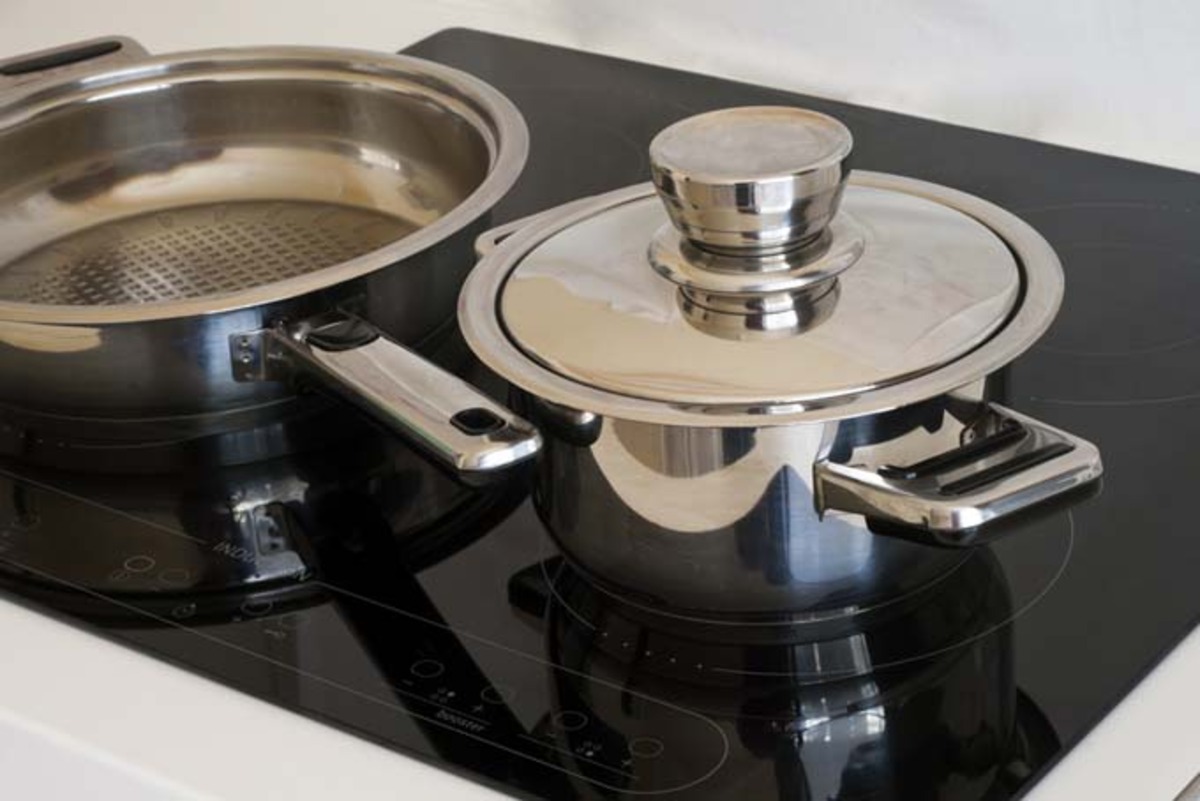
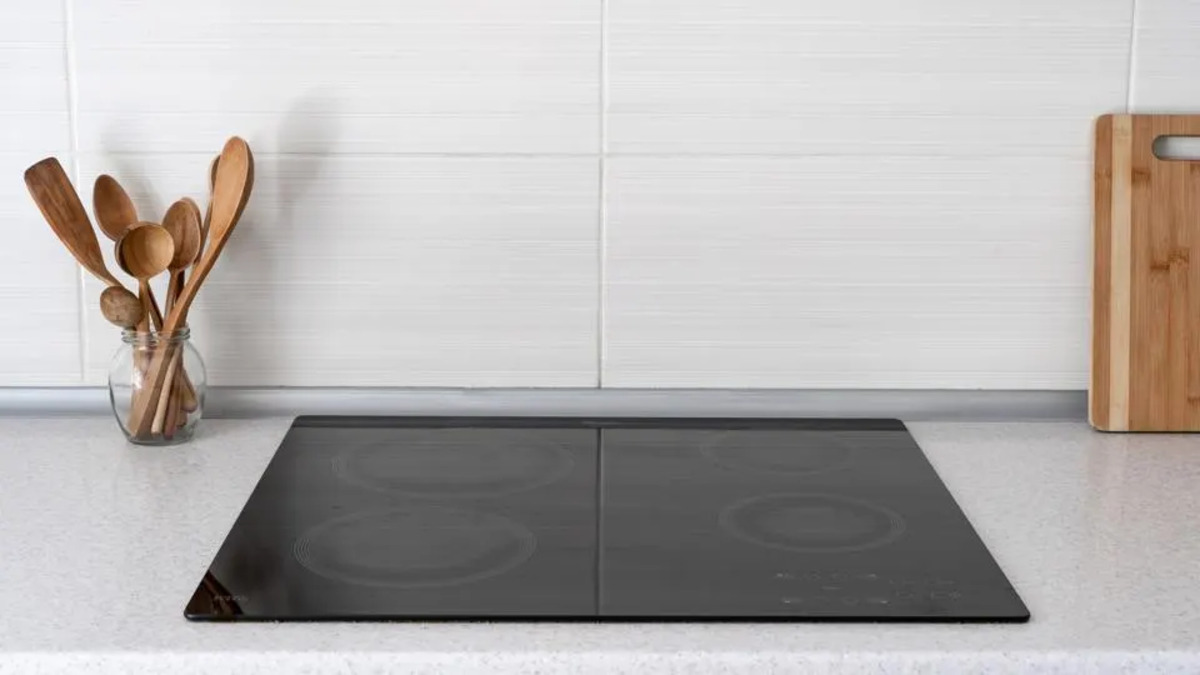
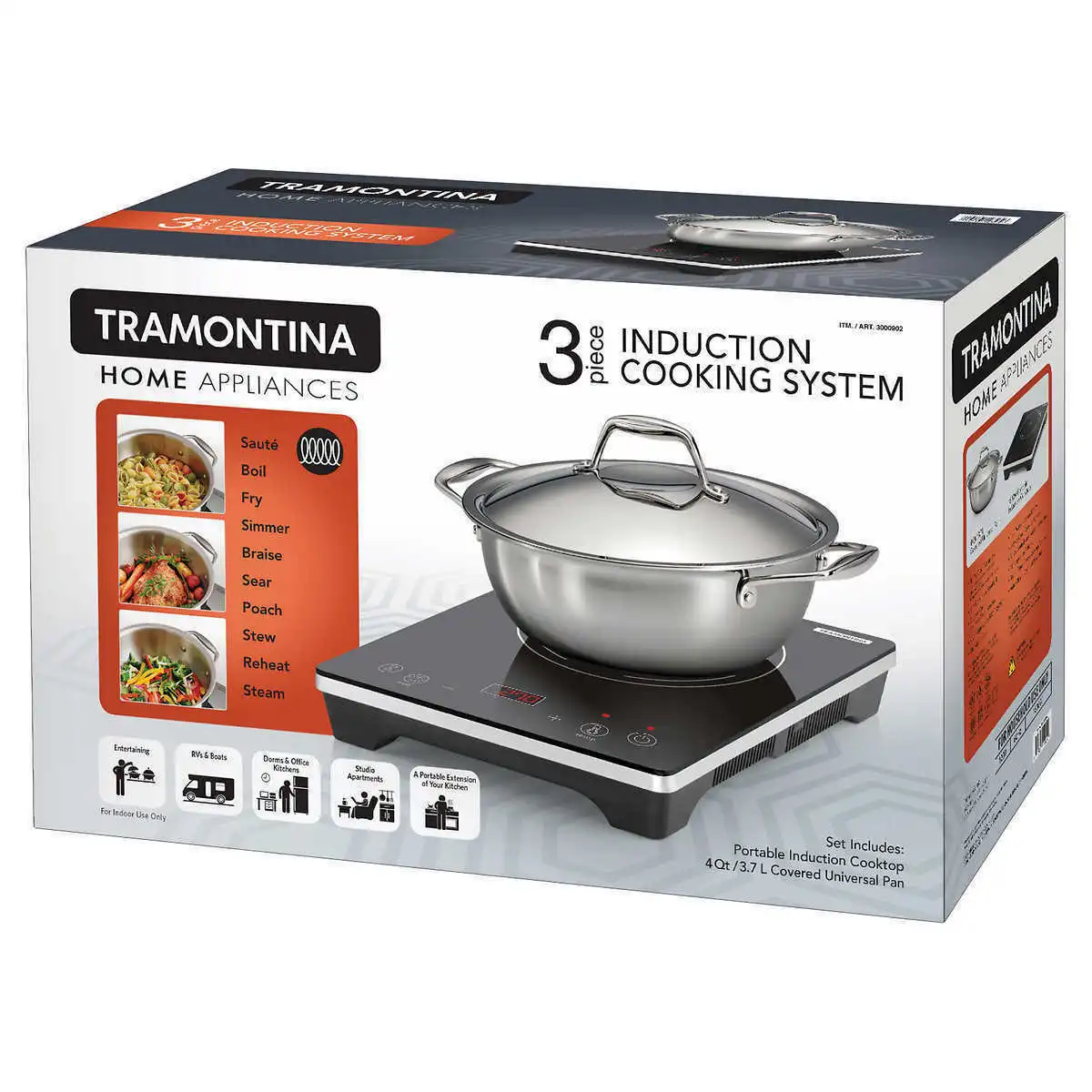
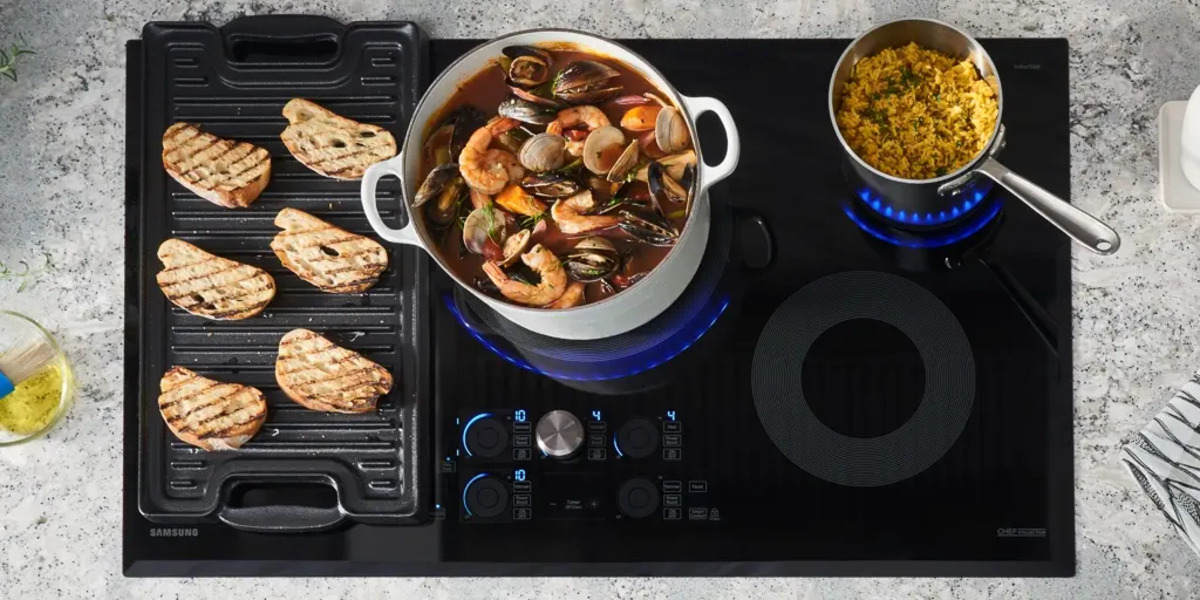
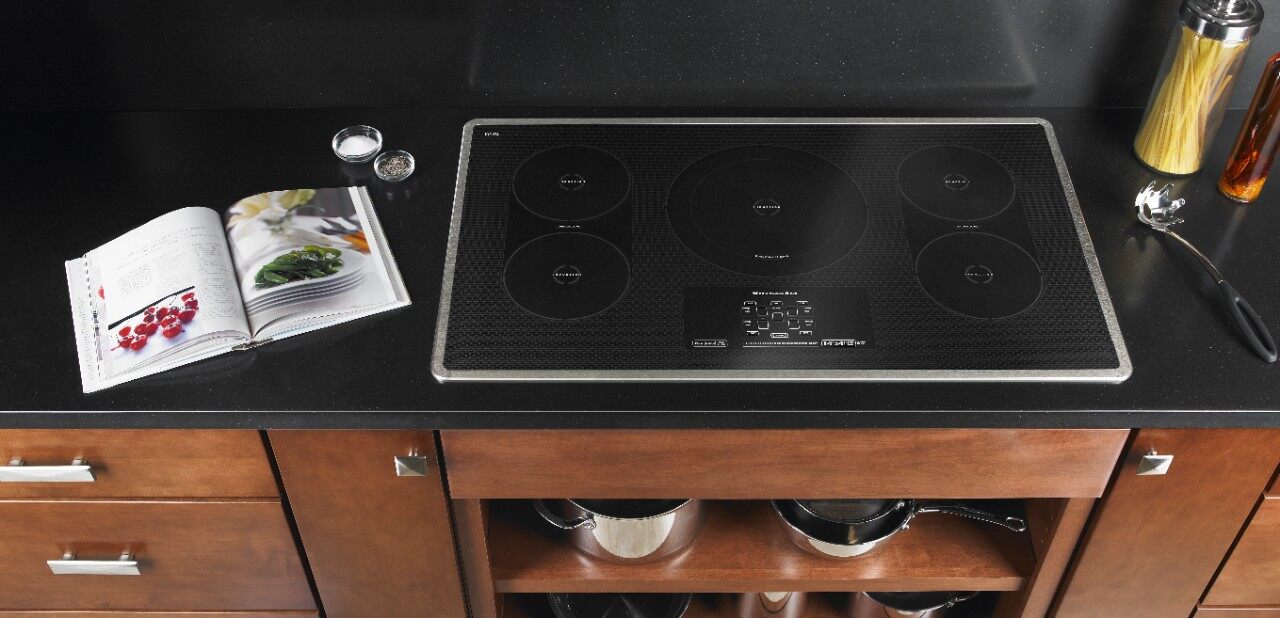
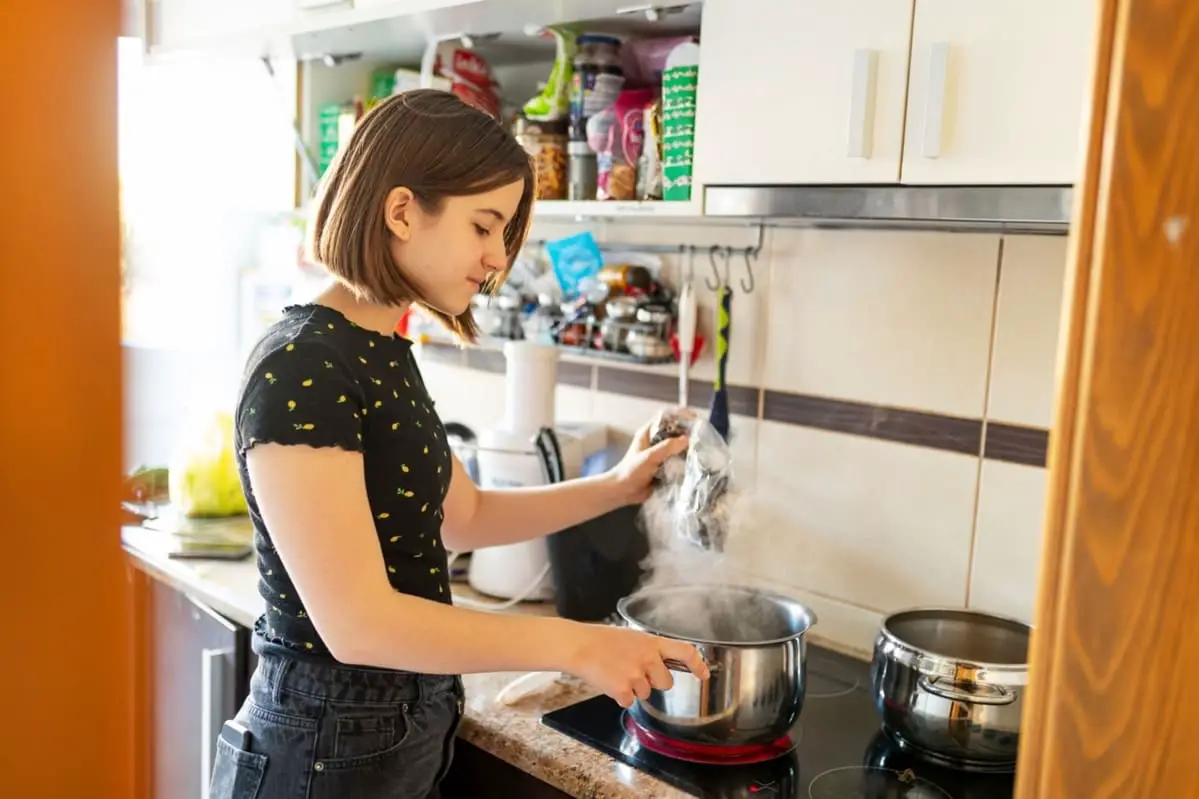
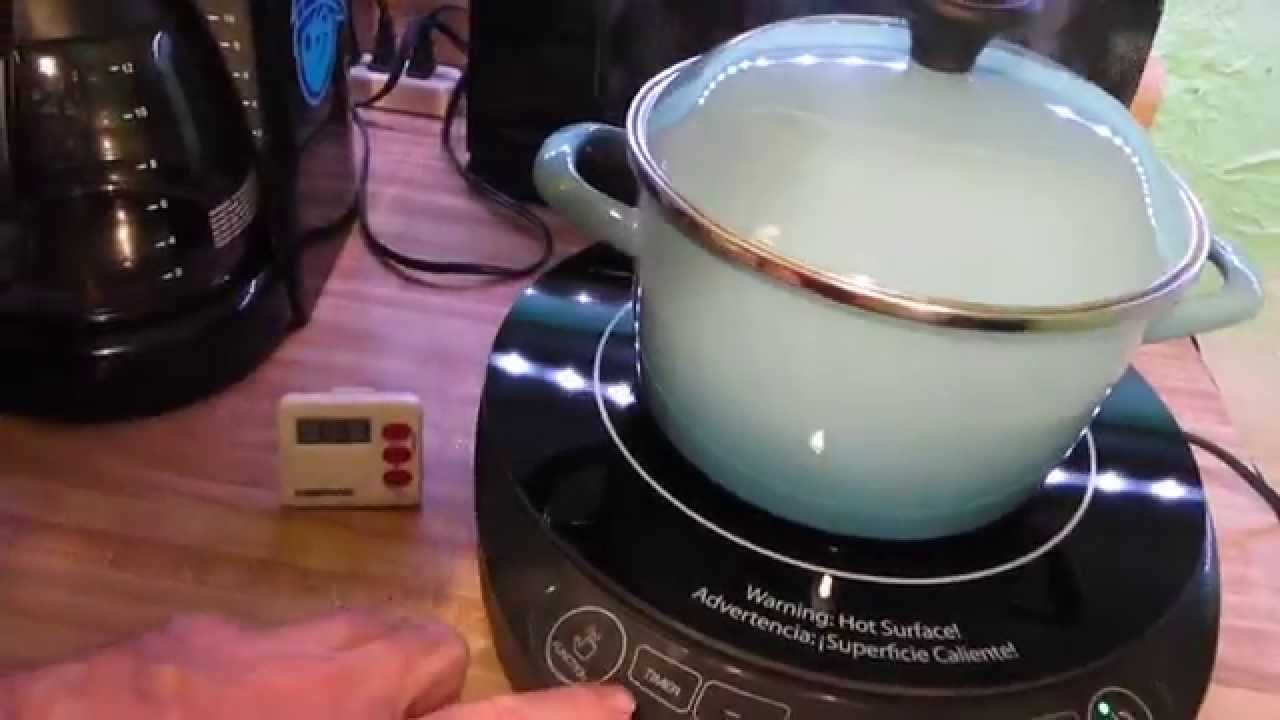

0 thoughts on “How To Use Bosch Induction Stove Top”